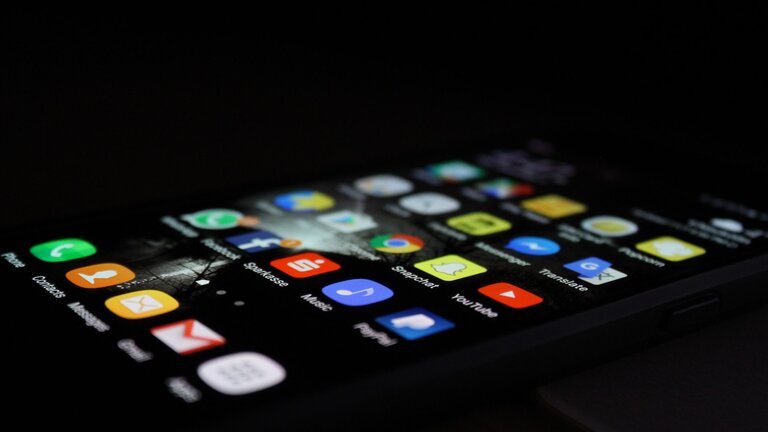A finding by the World Economic Forum however reveals that for the 1.3 billion people across the world who live with some form of disability, remote working can be particularly tough. There are companies that have digital technologies to support people with disabilities

The Forum adds that remote working, with its reliance on visual and audio networking technology, has made life harder for persons with disabilities.
But in the midst of the rubble, there are companies that have digital technologies to support persons with disabilities working from home and even enjoy every day life during the pandemic.
Below are five innovations that are tackling barriers faced by persons with disabilities, as recommended by the World Economic Forum:
1. Zoom transcripts
Zoom, one of the fastest growing virtual meeting apps last year, has followed in the footsteps of Google Hangout and Microsoft Teams by introducing live captioning to help hearing impaired users take part in online meetings. The app also allows users to obtain a transcript of a recorded meeting after it has finished.
As well as its own functionality, Zoom has enabled integration with other transcription apps. According to the World Economic Forum, so far, 26 third-party transcription apps have been approved for use with Zoom through the company’s app marketplace.
2. Google Action Blocks
For persons with a cognitive disability, Google has come up with the idea of making it easier to carry out common actions such as calling a colleague or a loved one.
An Action Block – literally an image or button on the homescreen – can be set up on any Android phone.
Using Google Assistant technology, simply touching the Action Block triggers the action, which can include making the phone speak words for those with communication difficulties.
The app is available in English, French, Italian, German, Spanish and Japanese.
3. Seeing AI
Seeing AI is an artificial intelligence app developed by Microsoft for visually impaired persons.
It uses a smartphone’s camera to audio-describe the world around a person. According to a review by the Forum, Seeing AI is capable of recognizing people you know and can even describe their appearance, including how they are feeling.
The app can read images on screen, hard-copy documents and scan barcodes in shops to provide a description of products. It is currently available in English and seven other languages including Japanese.
4. Android Voice Access
Google involved persons with motor disabilities in the design of its voice-activated Android smartphone app. The ability to use the phone’s functions without touching the screen was an essential first step.
According to the Forum, feedback from persons with disabilities stressed the importance of being able to activate functions with just a few words. To make this quick and effective, Google developed a series of what it calls “intuitive labels” – phrases most people would be likely to use.
Are there any other apps that have supported you as a person with disability? Do let us know.
Author: Margaret Njuguna
